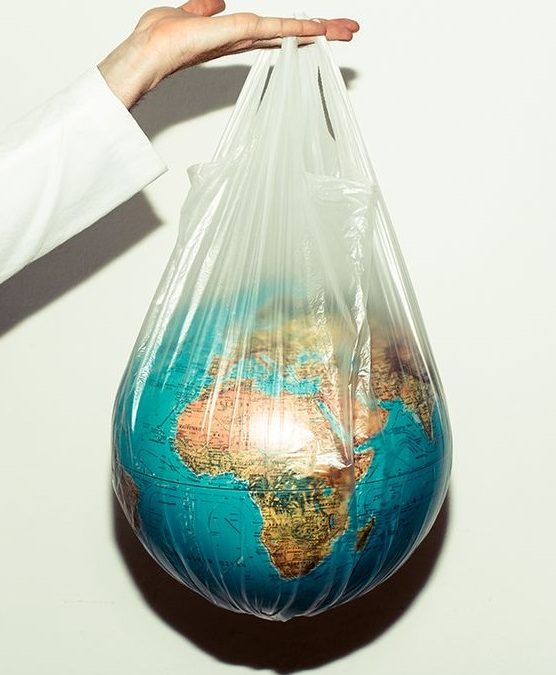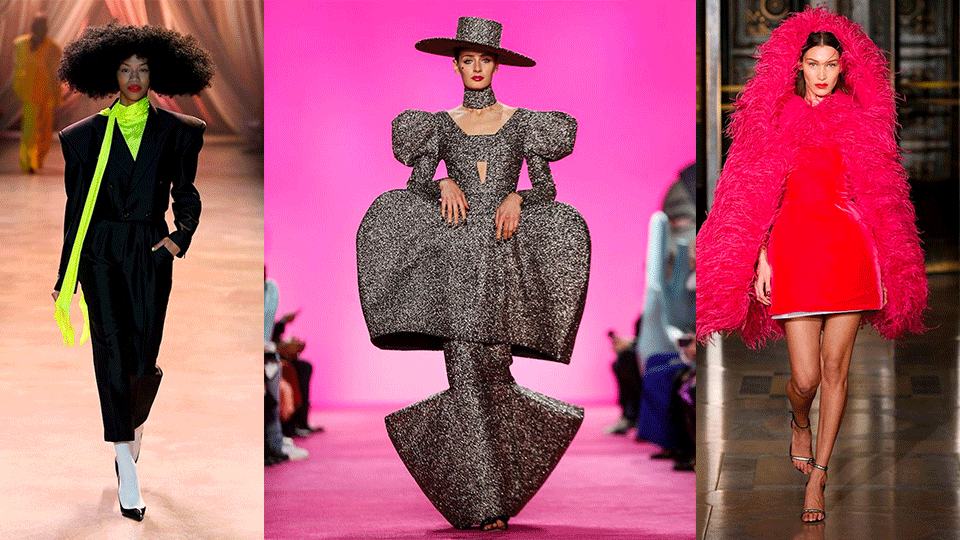- À New Wave to Fashion, À New Way of Living. Download Now on iOS Android Canada SS22
- hello@alahausse.ca
ÀLA.HAUSSE Presents: Your Complete #HAUSSEPEOPLE’s Introductory Guide Part 3: The Environment

Sustainable Sneakers: The #HAUSSEPEOPLE Guide to Become an Eco-Friendly Sneakerhead
March 23, 2021
Fashion Brands are Going Carbon Neutral: What Does This Mean?
March 30, 2021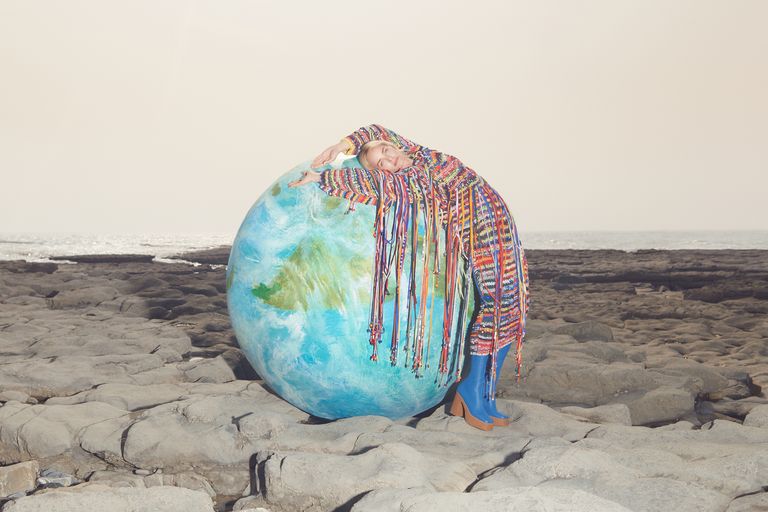
Hi #HAUSSEPEOPLE, Day 10 of 27 🏭 👣⠀
{ Our Light-Hearted Approach Against A HEAVY-HEARTED Fashion & Consumerism Urgency }
Fashion is sure a way of self-expression and helps us to be portrayed in various desired transformational ways.❣️ Somehow, the majority of the general consumers have overlooked the cost of a little black dress or a pair of jeans, NOPE! not in cash form, in the environmental form. Actually, you have already been exposed to the condition and have been feeling the burn in various forms. #GREENHOUSEEFFECT.
According to the World Bank, the fashion industry is responsible for 10% of annual global carbon emissions, more than all international flights and maritime shipping combined. At this pace, the fashion industry’s greenhouse gas emissions will surge more than 50% by 2030.⠀
At its current pace of growth at 2030, the fashion industry is expected to be worth $3.3 trillion-> manufacture 102 million tons of clothes and shoes= half-million blue whales🐋. And by 2040, the world will be facing serious climate-related catastrophe.😷
To make the fashion industry more sustainable, all actors must get involved, from designers to manufacturers, critics & Advocates, and consumers. Without us and the consumers making a change, the efforts are in vain. We MUST become aware of the WAY we purchase. ⠀
How, you ask❓
#HAUSSEPEOPLE! Have We Made it to Day 11 of 27 Already 🏃
{ Beyond the Heatwaves, What About Us? 🥵 }⠀
What about us? According to CDC Centers for Disease Control and Prevention,
On Air Pollution: Climate change is projected to harm human health by increasing ground-level ozone and/or particulate matter air pollution in some locations. Ground-level ozone (a key component of smog) is associated with many health problems, such as diminished lung function, increased hospital admissions, and emergency room visits for asthma, and increases in premature deaths.
On food: Many crop yields are predicted to decline because of the combined effects of changes in rainfall, severe weather events, and increasing competition from weeds and pests on crop plants. The nutrient content of crops is also projected to decline if soil nitrogen levels are suboptimal, with reduced levels of nutrients such as calcium, iron, zinc, vitamins, and sugars.
On Mental Health: research demonstrated high levels of anxiety and post-traumatic stress disorder among people affected by Hurricane Katrina, and similar observations have followed floods and heat waves. Other health consequences of intensely stressful exposures are also a concern, including preterm birth, low birth weight, and maternal complications. In addition, some patients with mental illness are especially susceptible to heat.
These are not everything-> read our stories onsite to get more details.
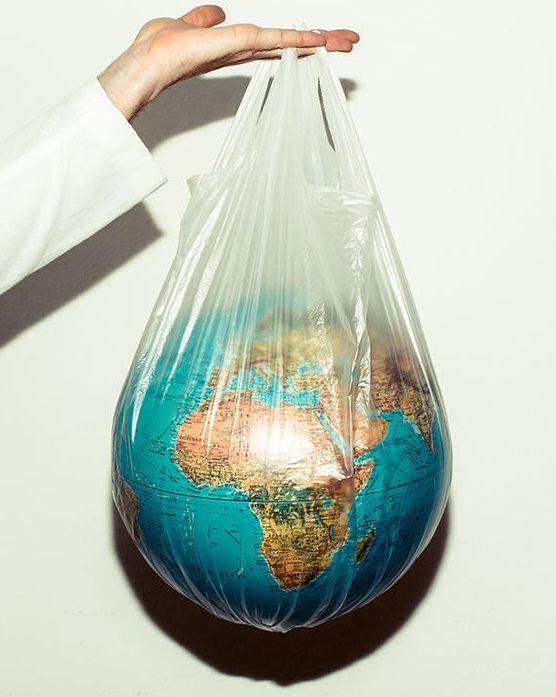
Day 12 of 27 #HAUSSEPEOPLE! Today we are onto the H2O 🏄🏻♂️ 🏄🏻♀️⠀
{ Note: This Post May Trigger Your Thirst for Water. }
Imagine you are walking inside an art gallery right now, you may see tranquility and color patterns, yet the artist planet earth himself is trying to portray otherwise.
It’s estimated that the fashion industry currently uses around 79 billion cubic meters of water per year, which is 2% of all freshwater extraction globally and represents more than one-tenth of the water used by all types of industry. About 8,000 synthetic chemicals are used to turn raw materials into textiles.
Cotton ☁️ and wool 🐑 – two favorite natural fibers — are insatiable water hogs. It takes more than 100 gallons to produce one single pound of raw cotton or shorn wool — and that doesn’t include what is needed for rinsing and preparing the product, or washing and dying the fabric once the material is made.
Refinery29 & Marketwatch mentioned these data a few years back: Southern California is the premium denim capital of the world, responsible for producing 75% of the world’s designer jeans – 7 for all Mankind, Guess, True Religion, the list goes on. A pair of jeans 👖 uses a huge 2,900 gallons of the stuff via treatments and washes.
Sorry if we just made you crave clean, unpolluted, natural spring water! 🤷🏻♀️
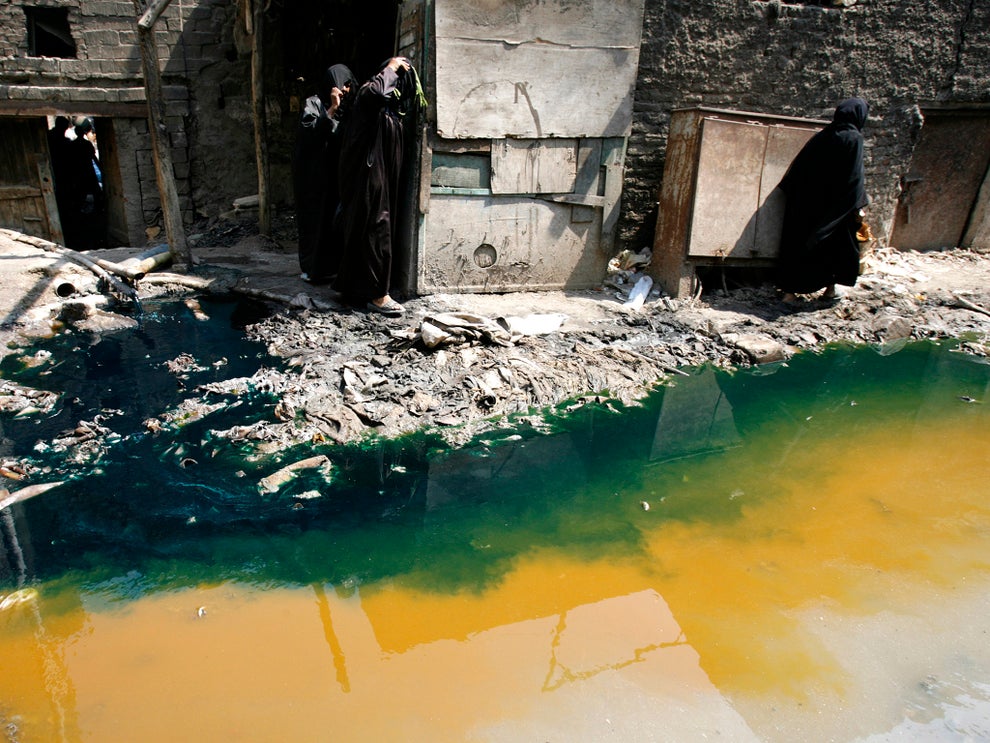
Happy Sunday! Half way Check Point of our Preview Journey: Day 13 of 27!
{ Do It For the Animals- Land 🐍🐆🐨🌏 } ⠀
Dear You Soft Hearted Animal Lovers,
If you have played with or owned a pet chances are you have a connection and feel for the animals in some way🙋🏻♀️. Climate Change Has Already Harmed Almost Half of All Mammals. Effects of climate change on endangered species has been wildly underestimated.
Let us present you this cute little Pikachu (🥺):
The American pika (sensitivity to temperature and water-balance stresses, perhaps mediated by vegetation). Pikas are dependent both on moist and cool summer conditions and winter snow, over the last century they have reacted to climate changes by moving upslope or becoming locally extirpated when the weather becomes hot and dry.
Winter snowpack not only insulates pikas during cold snaps, but also may provide water longer into the summer season, when plant senescence at drier sites occurs earlier in the year, which eliminates water availability for them. Both chronic stresses, hot and cold temperature stresses and vegetation productivity may all be playing a role in pika declines in the Basin over the last decades.
Many other animals are urgently affected, and facing extinction caused by climate changes such as the polar bear, snow leopard, giant panda, Mountain Gorilla, many more… 🐆🐘🦍🦒🦕🐍🐼🐨🐯🐹🐸☀️❄️🧊🌋
#HAUSSEPEOPLE! Welcome back to Day 14 of 27!
{ Do It For the Animals- Marine 🐋🦈🐠 }
Dear You Animal Lovers and Ocean Loving Divers,
If you are into diving, you would have heard the stories about the Coral Bleaching phenomenon across some of the world class dive sites- One of the most visually dramatic effects of climate change is coral bleaching, a stress response caused by high water temperatures that can lead to coral death reaching 70% in some regions.
Look at this majestic Walrus in the middle, a phenomenon, known as a “haulout,” occurs when large hordes of mostly females and calves pull themselves onto the beach to rest. The walruses climb on to Land because of declining sea ice cover where they usually haul out on ice floes.
As oceans are getting hotter, changes in water temperature can affect the environments where fish, shellfish, and other marine species live. The whimsical cardinal fish who are living near their thermal limits 🌡️🥵⠀
See you on day 15th of 27th #HAUSSEPEOPLE!
#HAUSSEPEOPLE! Welcome back to Day 15 of 27! 😃⠀
{ An Insane Amount of Pressure and Drive Towards Circularity🌀 within Industry and Our Peers }
Just to remind the newly onboard, the Current Fashion industry accounts for around 10% of greenhouse gas emissions worldwide😰. New Tech has been in the emergence left and right hoping to solve this issue:
According to #BOF and #Politico, Sweden-based Renewcell is already producing 4,500 tons a year of trademarked Circulose pulp, which is recycled from discarded textiles made from cotton and other natural fibers.☝️
The swift acceleration in efforts to bring textile-to-textile recycling technologies to market reflects evolving cultural and consumer trends, as well as the growing maturity of the innovations in crops and new tech. Yet, working it into a complex global supply chain is a separate challenge that some experts predict will take decades.
From the consumer’s side, research has shown GenZ and Millennials consumers have also expressed a desire to placing increased attention on sustainability and affordability of sources. More and more of you prefer to rent clothes rather than buy. Women🧜♀️, especially in the age group between 18 and 34 years, are on average more informed, aware, and passionate than men with regard to the applications of sustainability principles in various fields.
Through our own convos with all of yous, almost 2/3 of you from our pool of 80%🧜♀️ and 20%🧜♂️ release mindful awareness of action statements towards circularity alike efforts, along with your own circles of influences. #HAUSSEPOPLE
Day 16, is what gives a real kick to our belief system and continuously shaping it through multiple aspects of philosophical and spiritual standpoint. See you tomorrow.

This Story is a part of our Instagram Grid Show Series, Day 10-15 of 27. Thanks for the read #HAUSSEPEOPLE, and don’t forget to #WEARYOURPURPOSE!
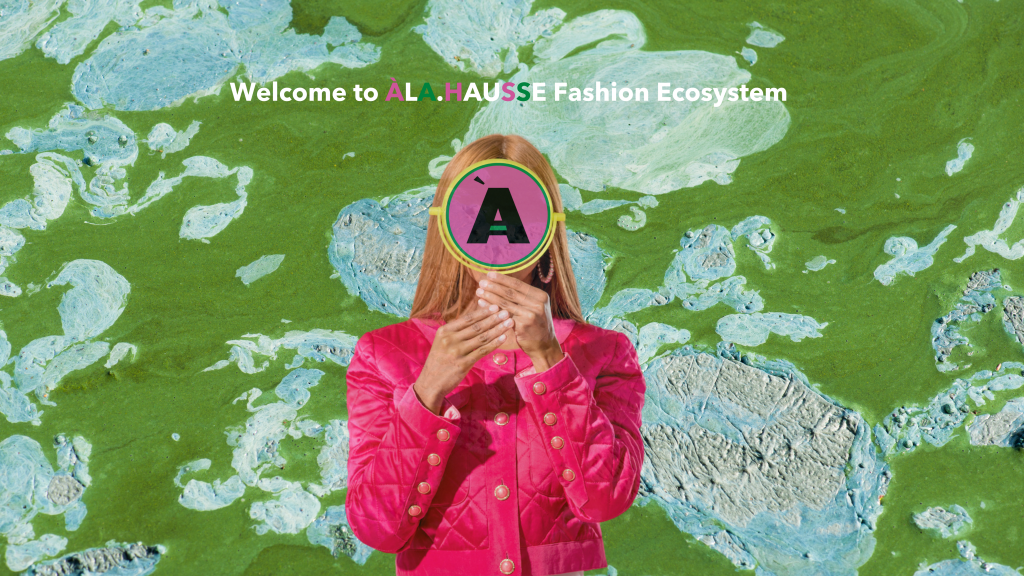
If you missed it, don’t forget to check out Part 1 and Part 2 of our Instagram Grid Show Series. Follow us on IG to join this uprising trend to Fashion Sustainability!
À New Wave to Fashion. À New Way of Living.
A New Age Philosophy Backed, Sustainability Enabled, Multifunctional Fashion Mobile Ecosystem, for Me and You.
BETA SS21 iOS Android with Stories on www.alahausse.ca & Medium
#ALAHAUSSE #WEARYOURPURPOSE #HAUSSEPEOPLE
